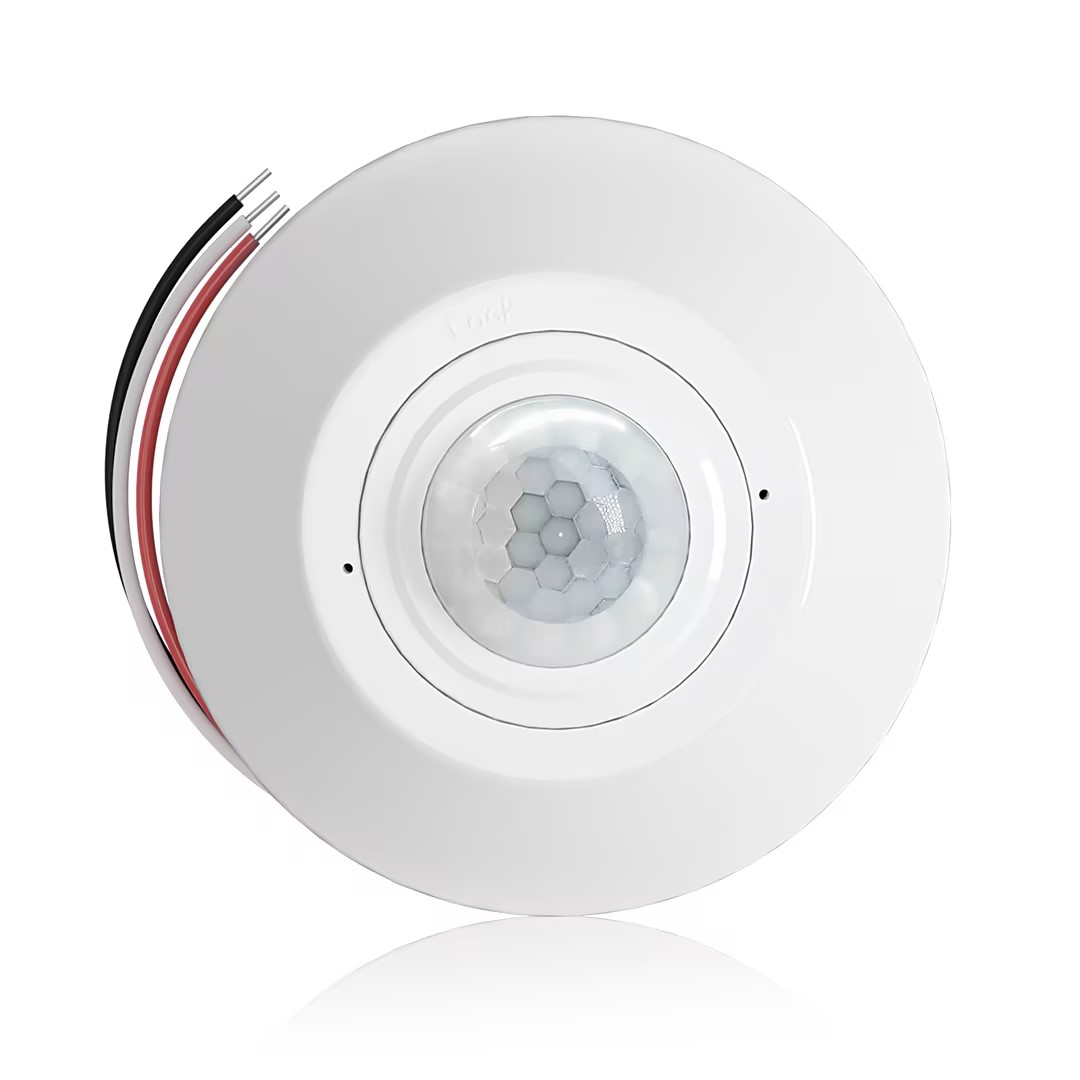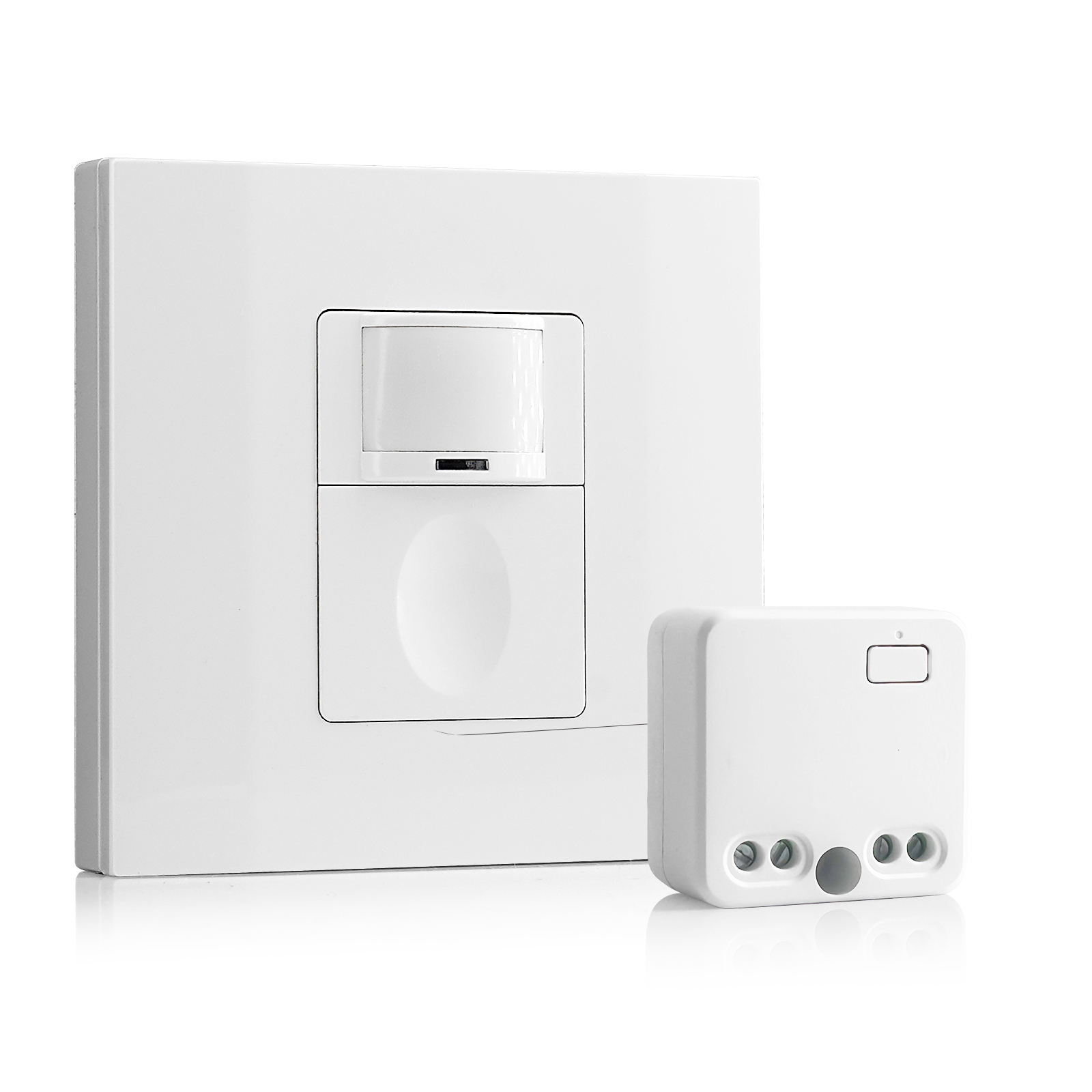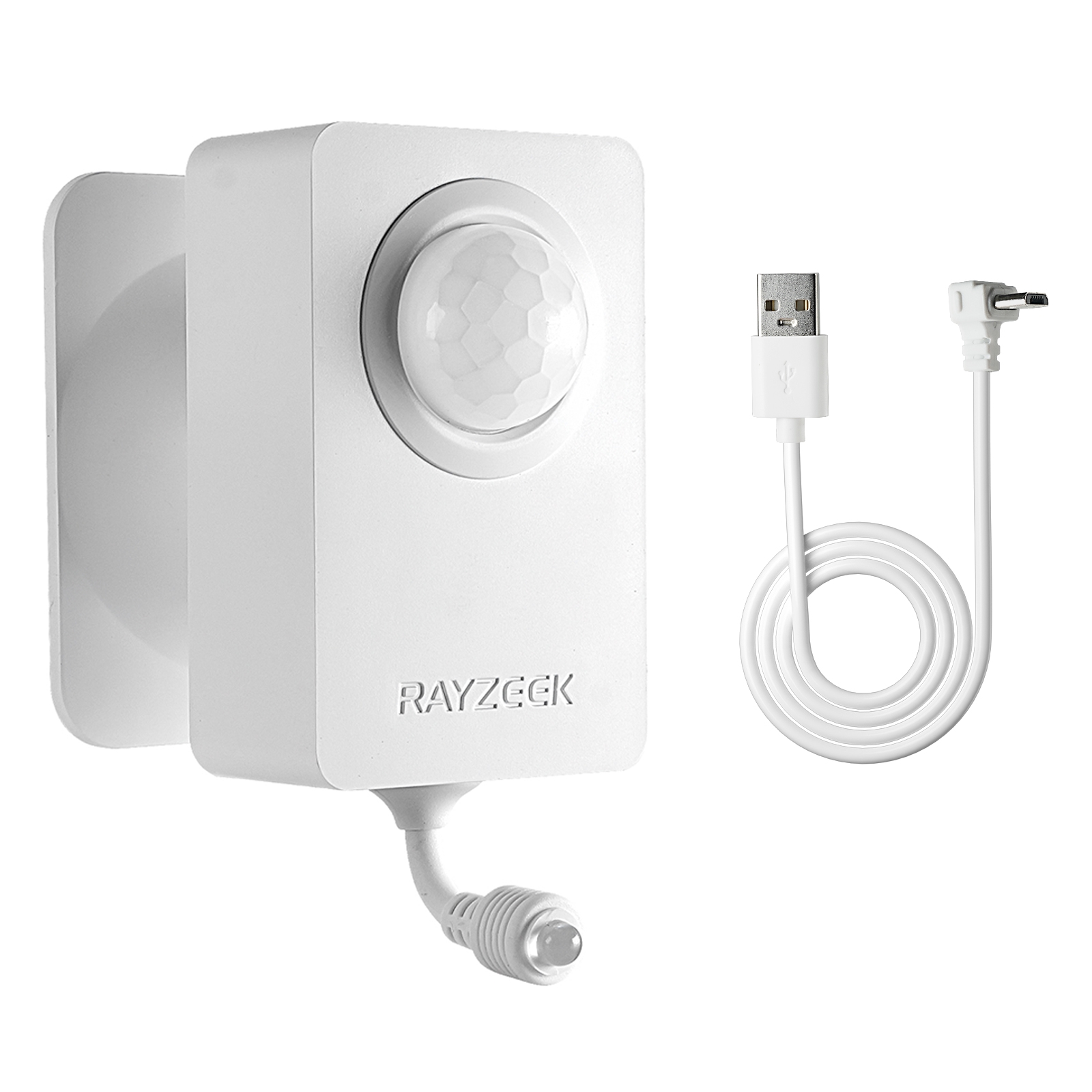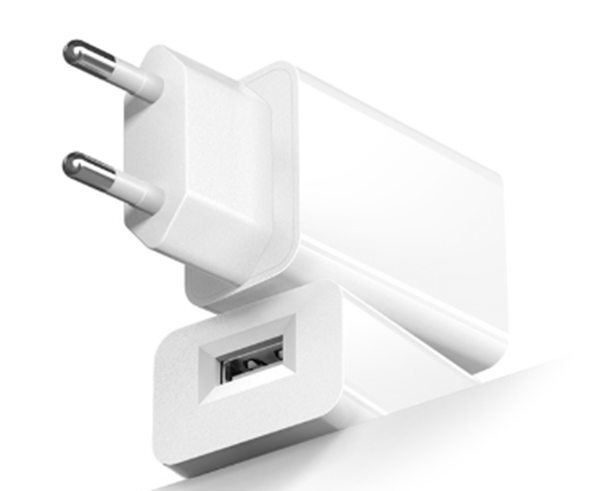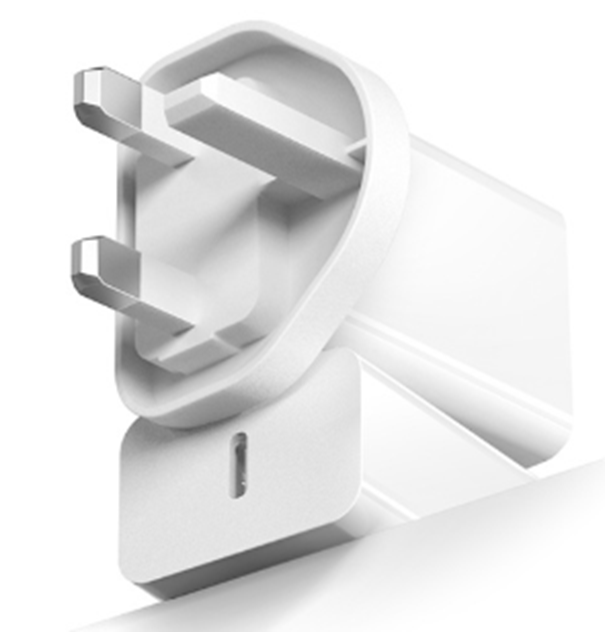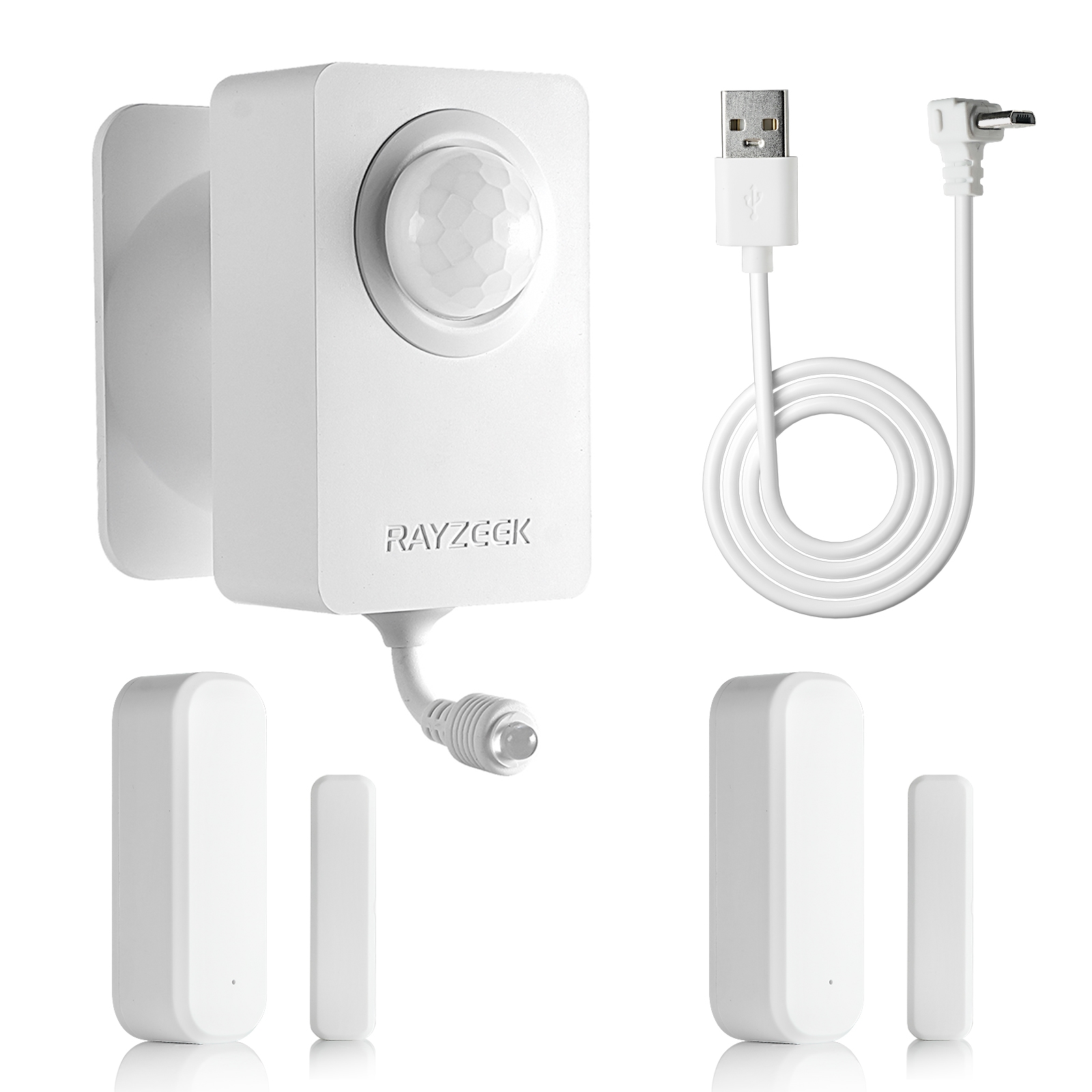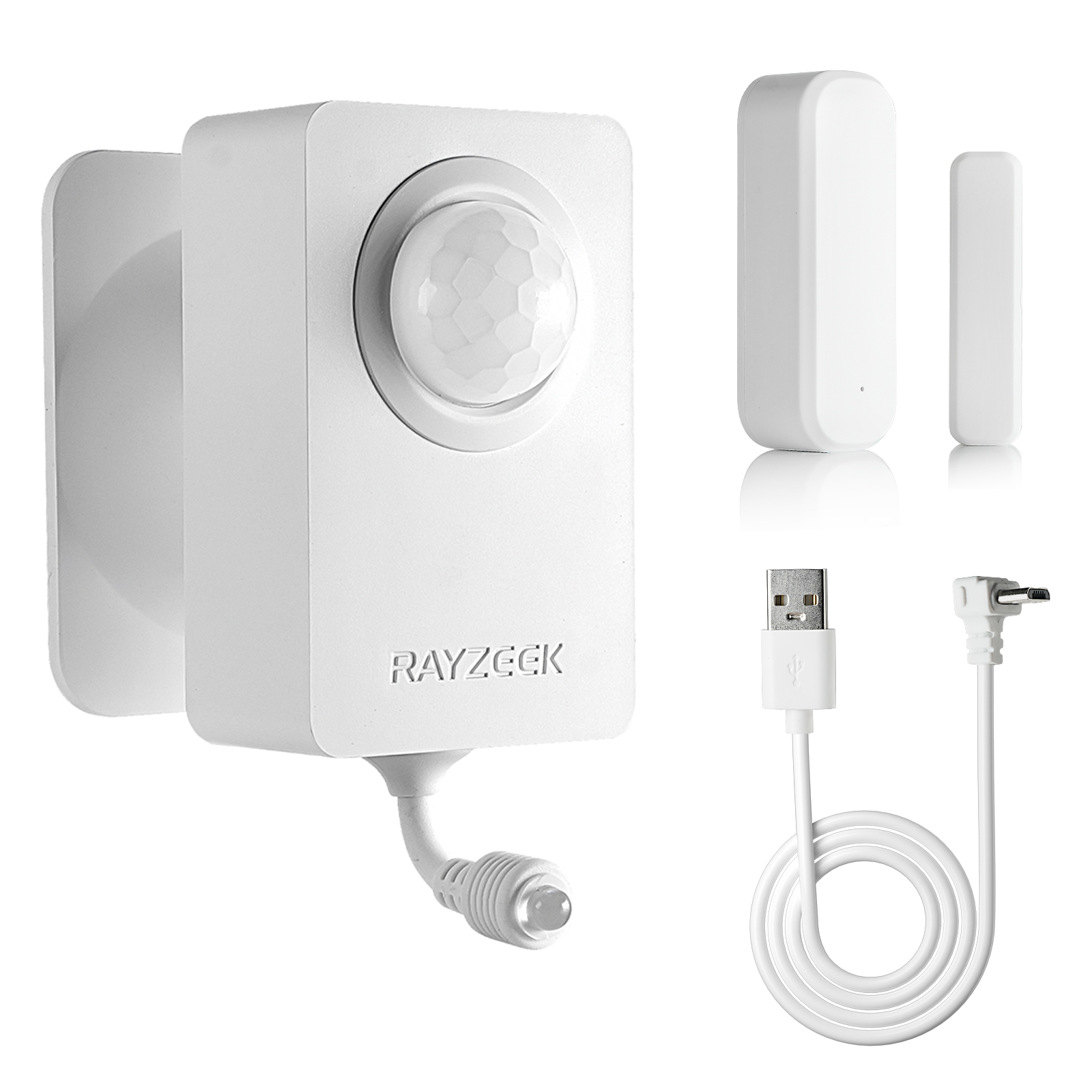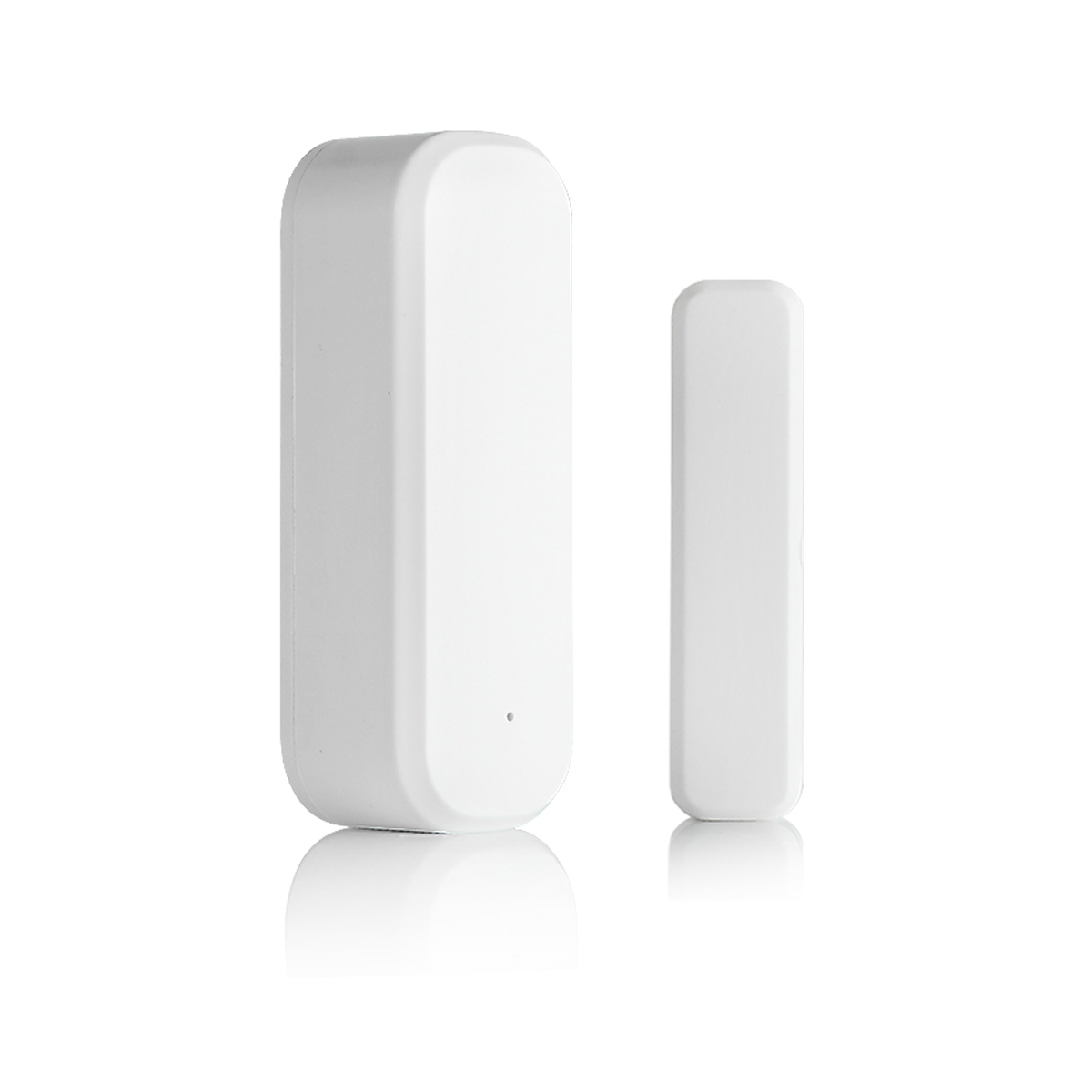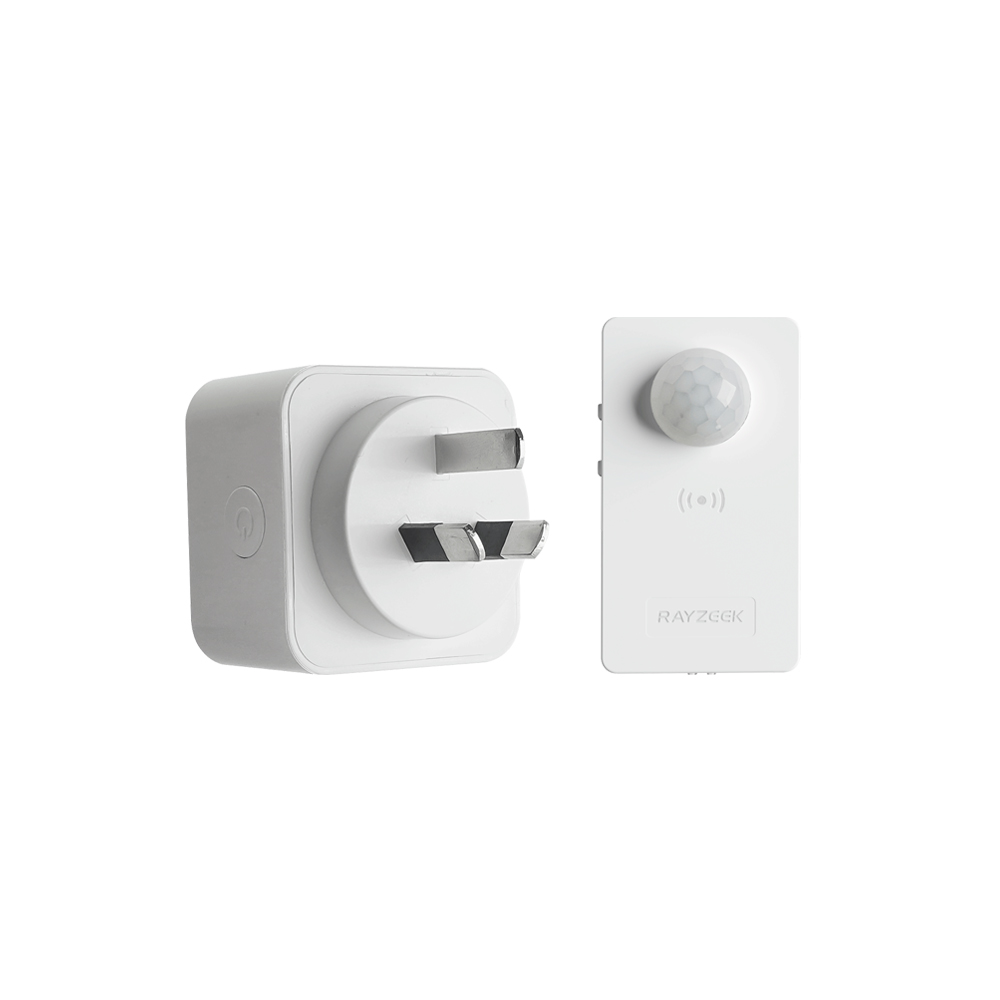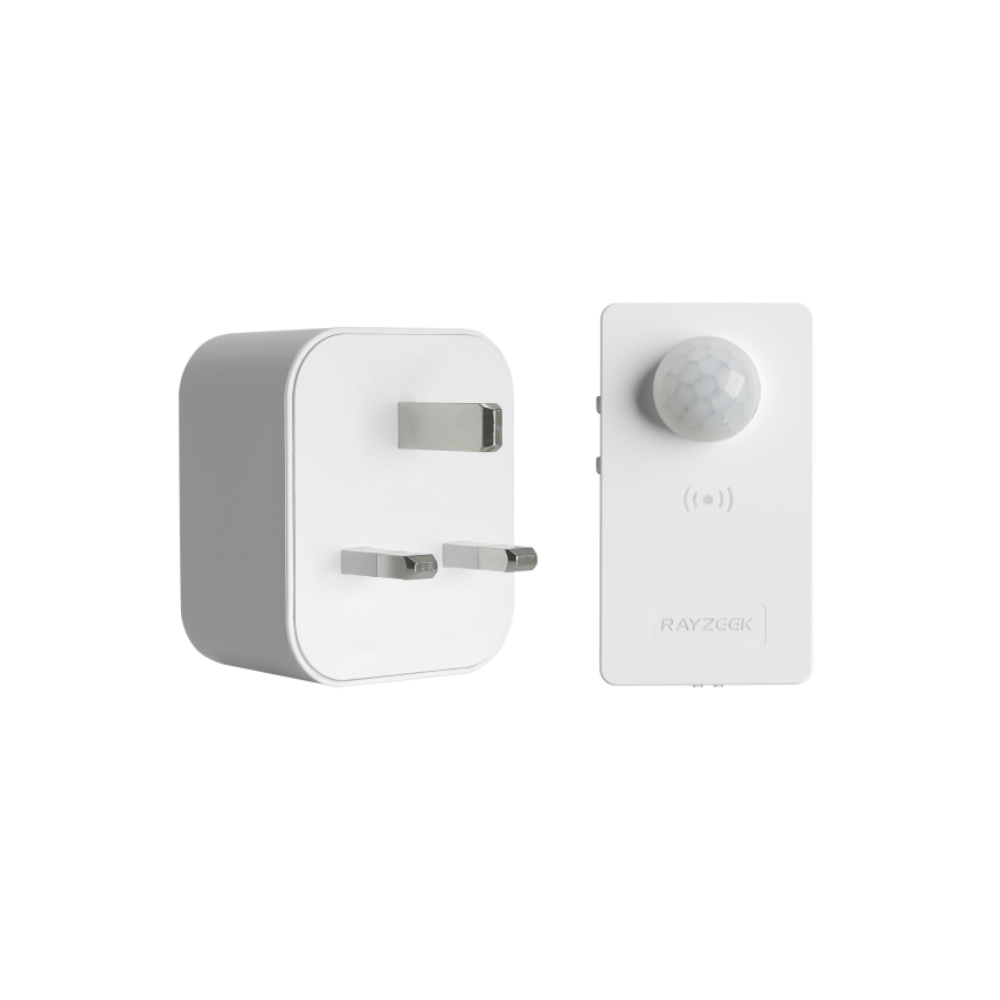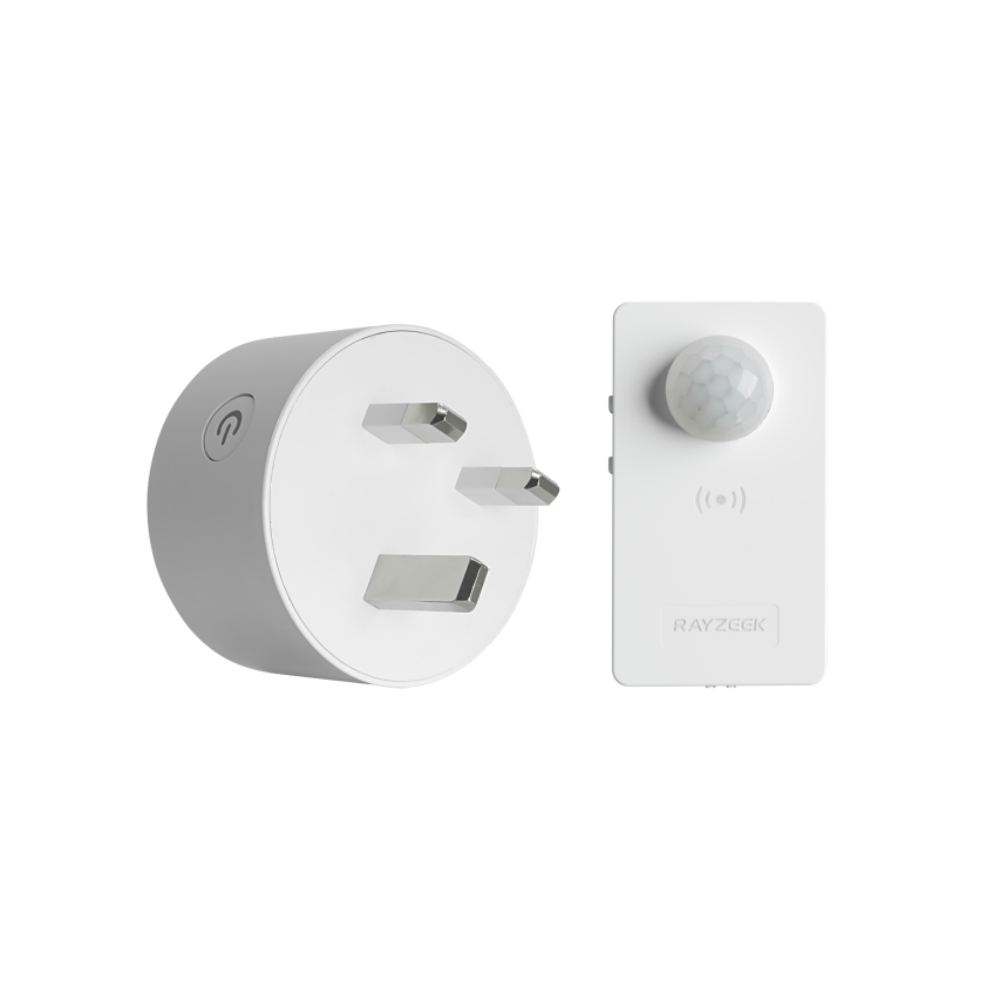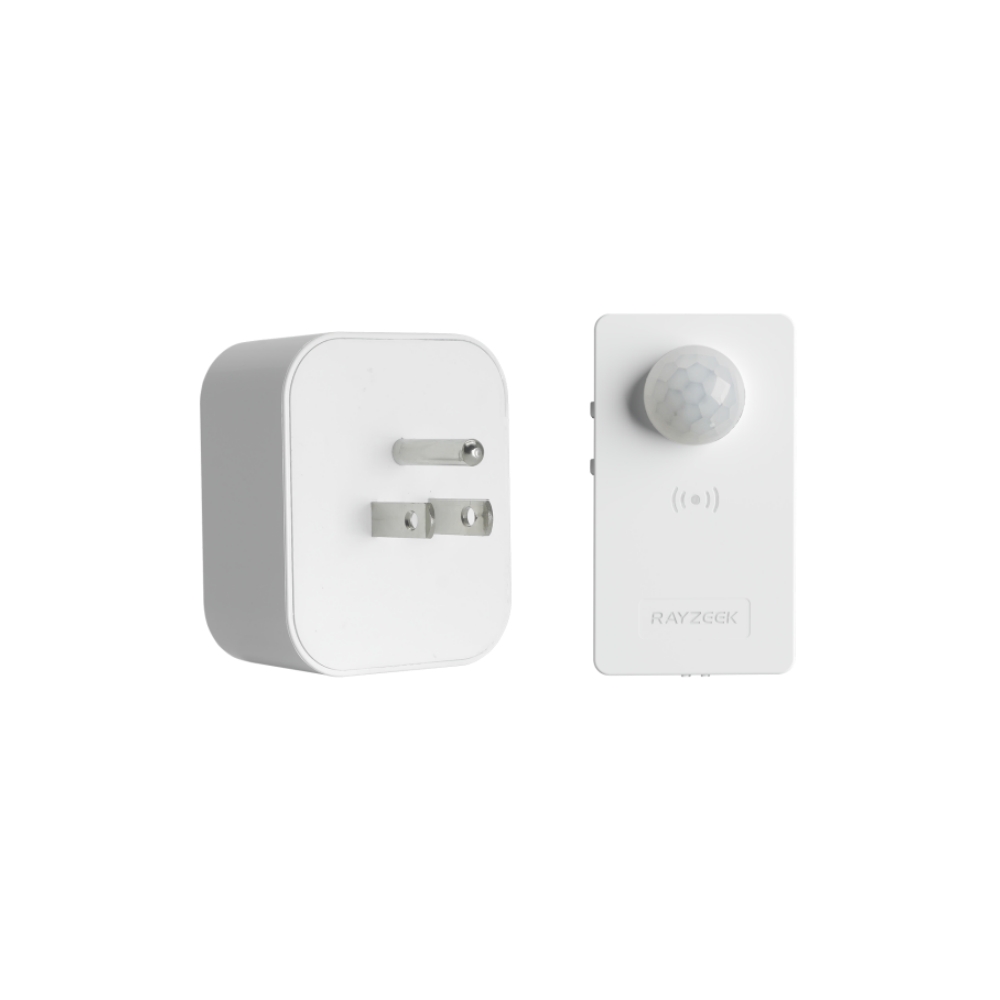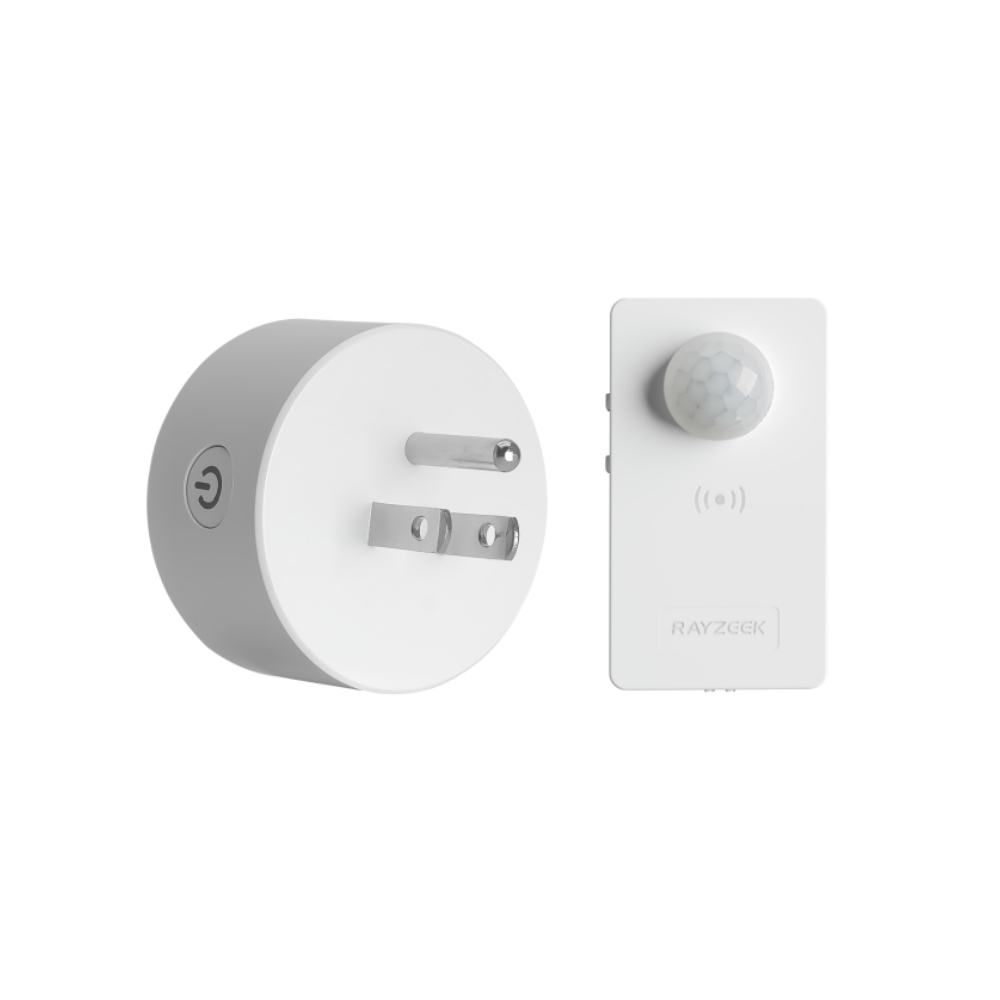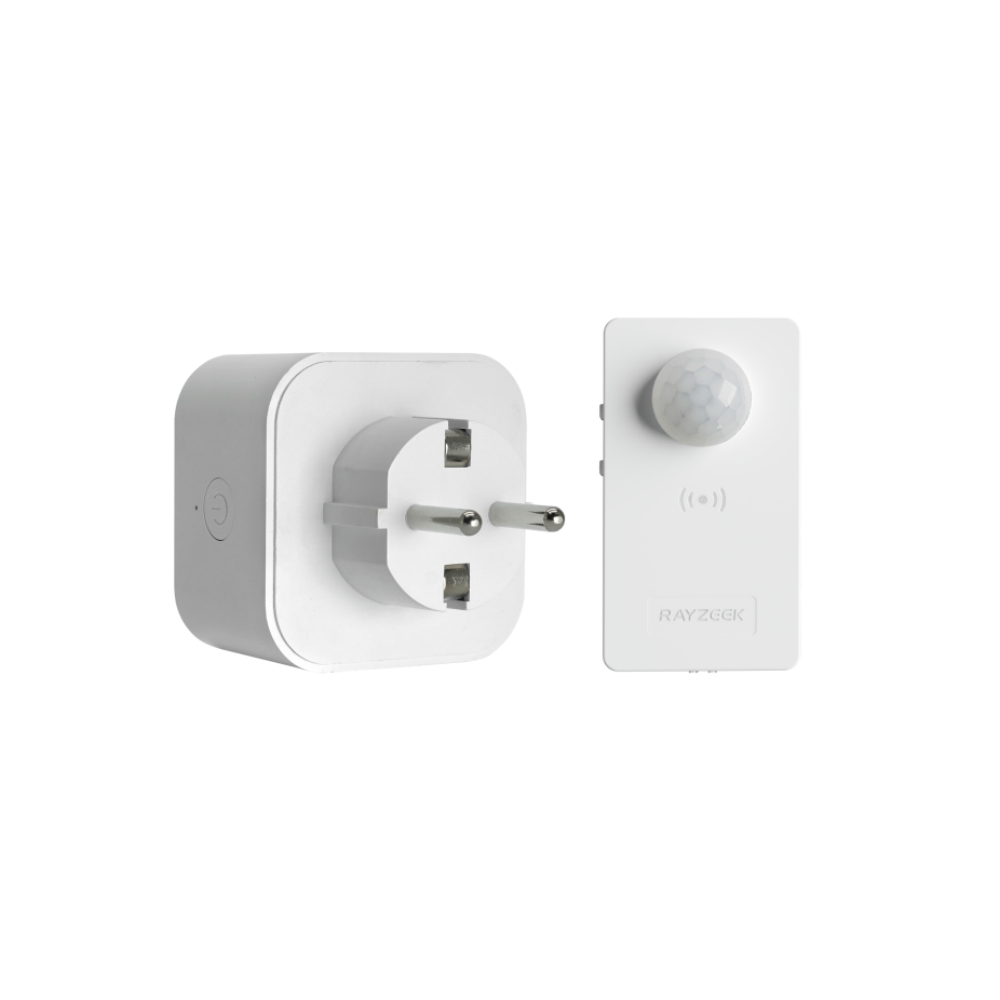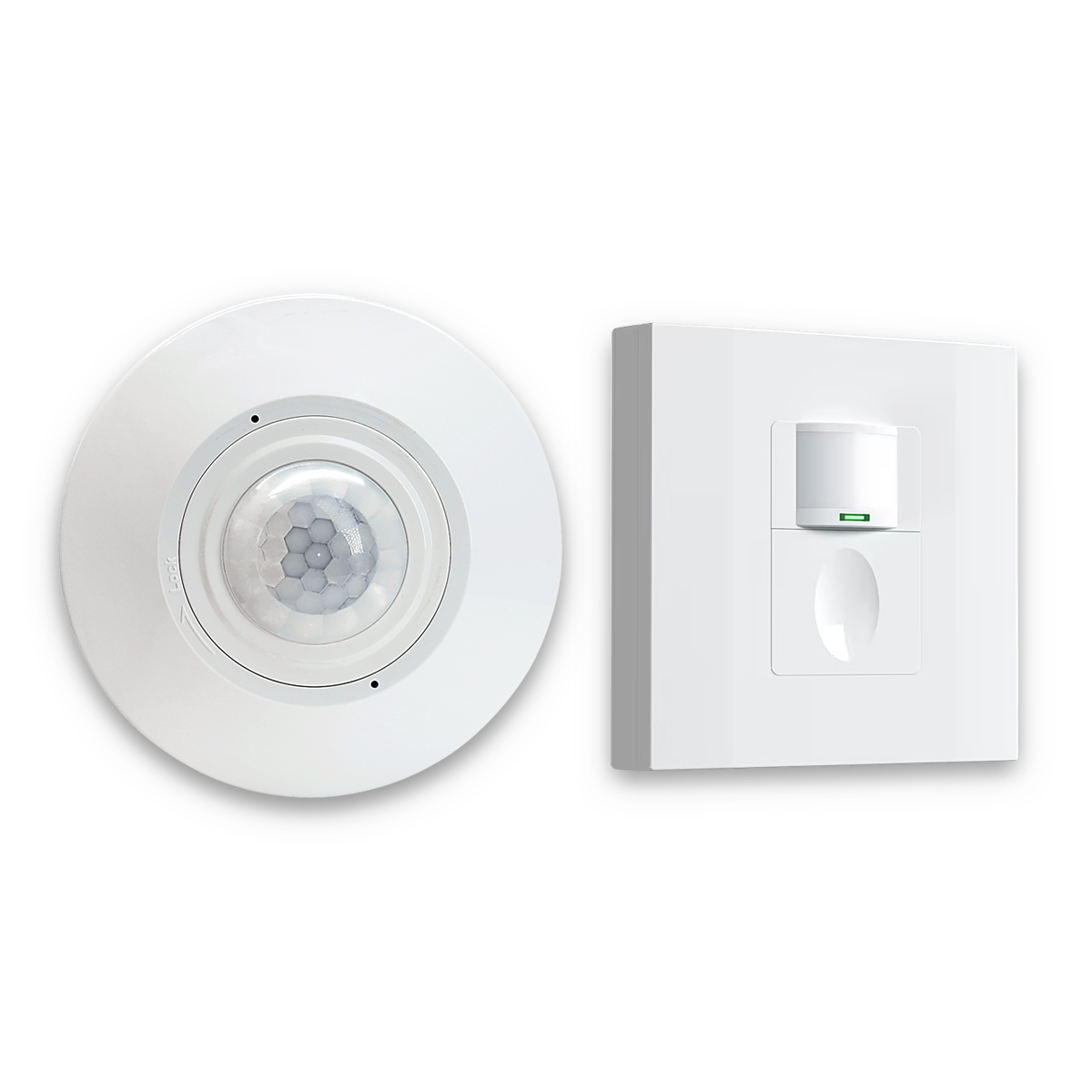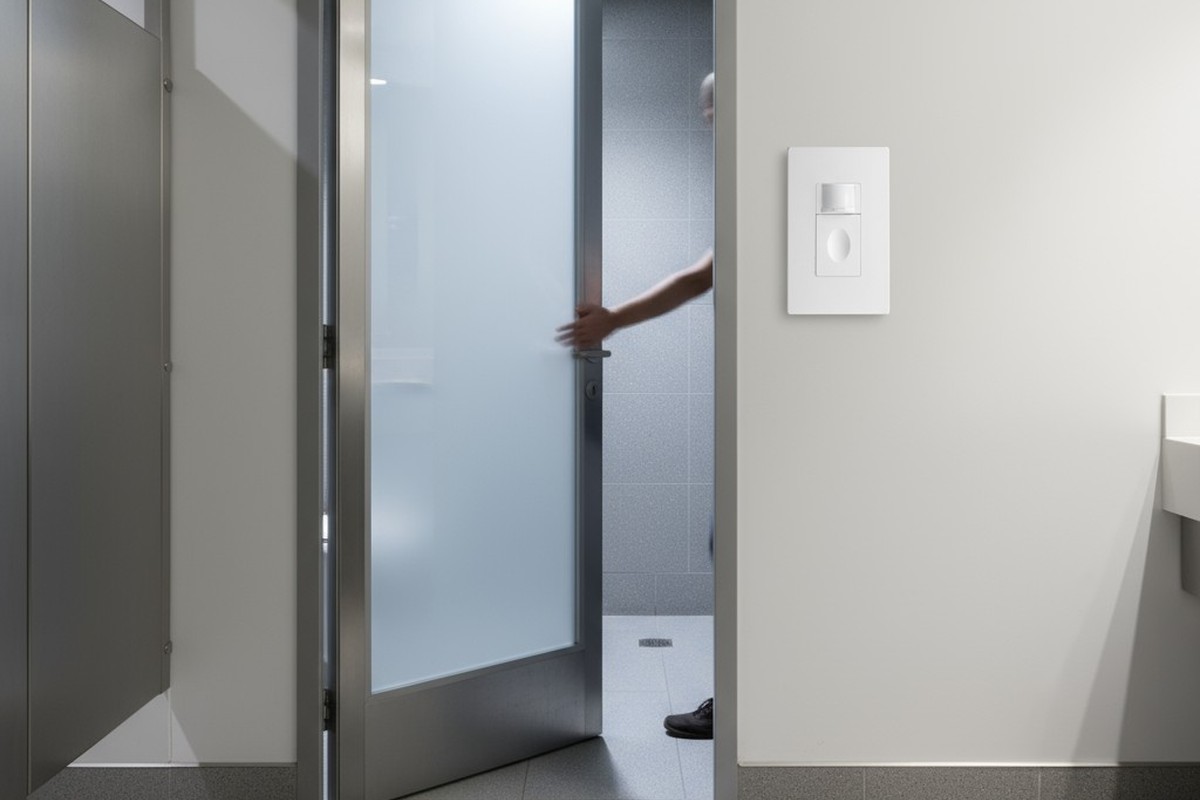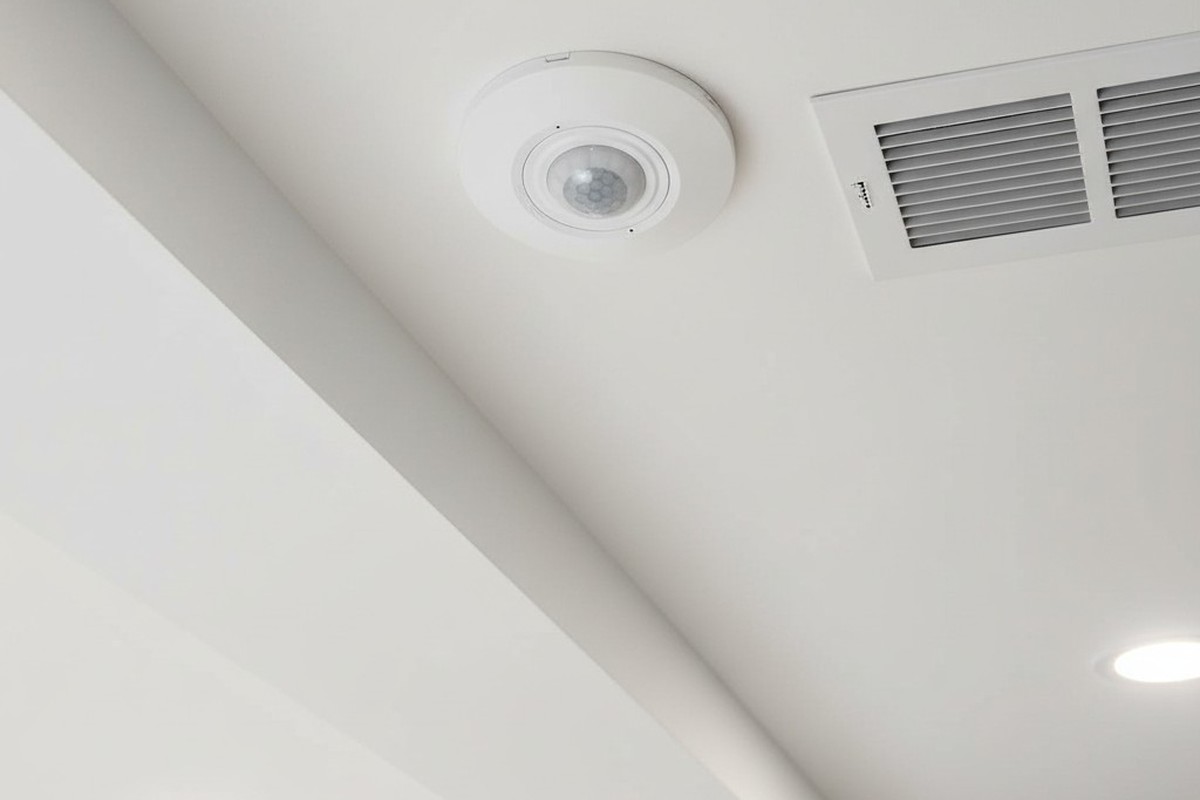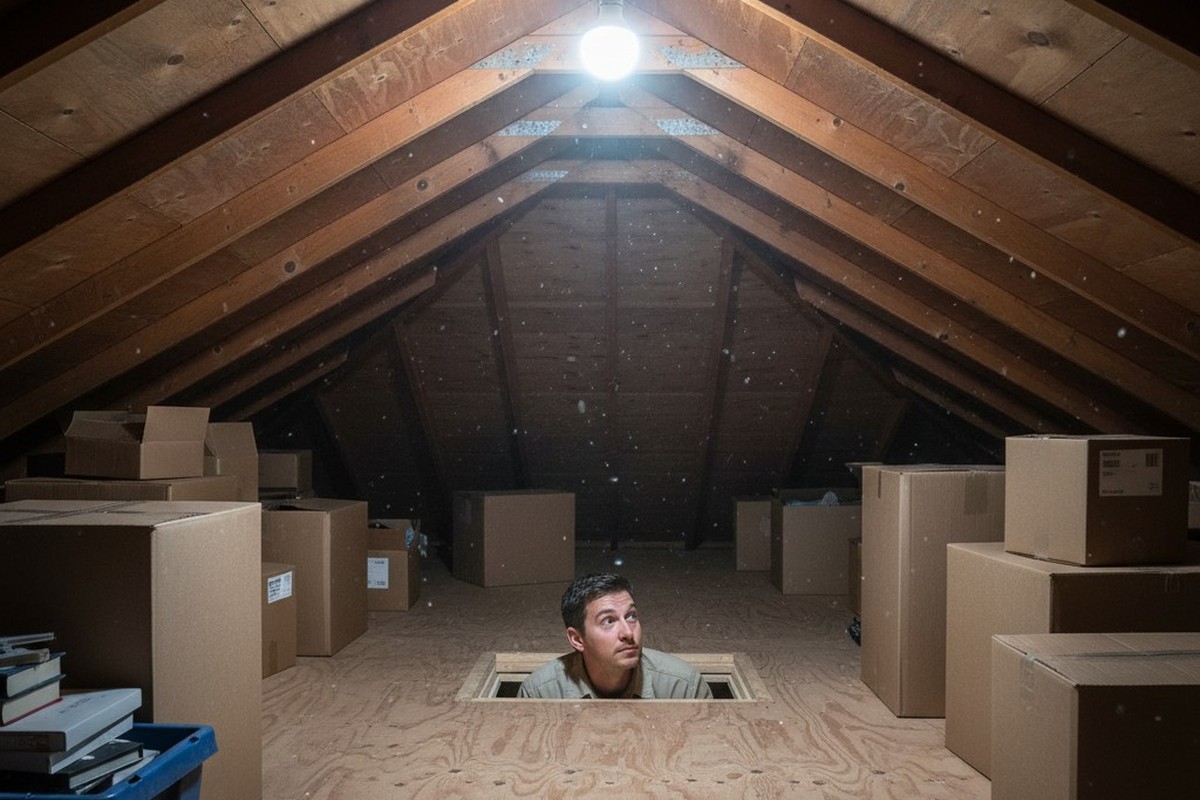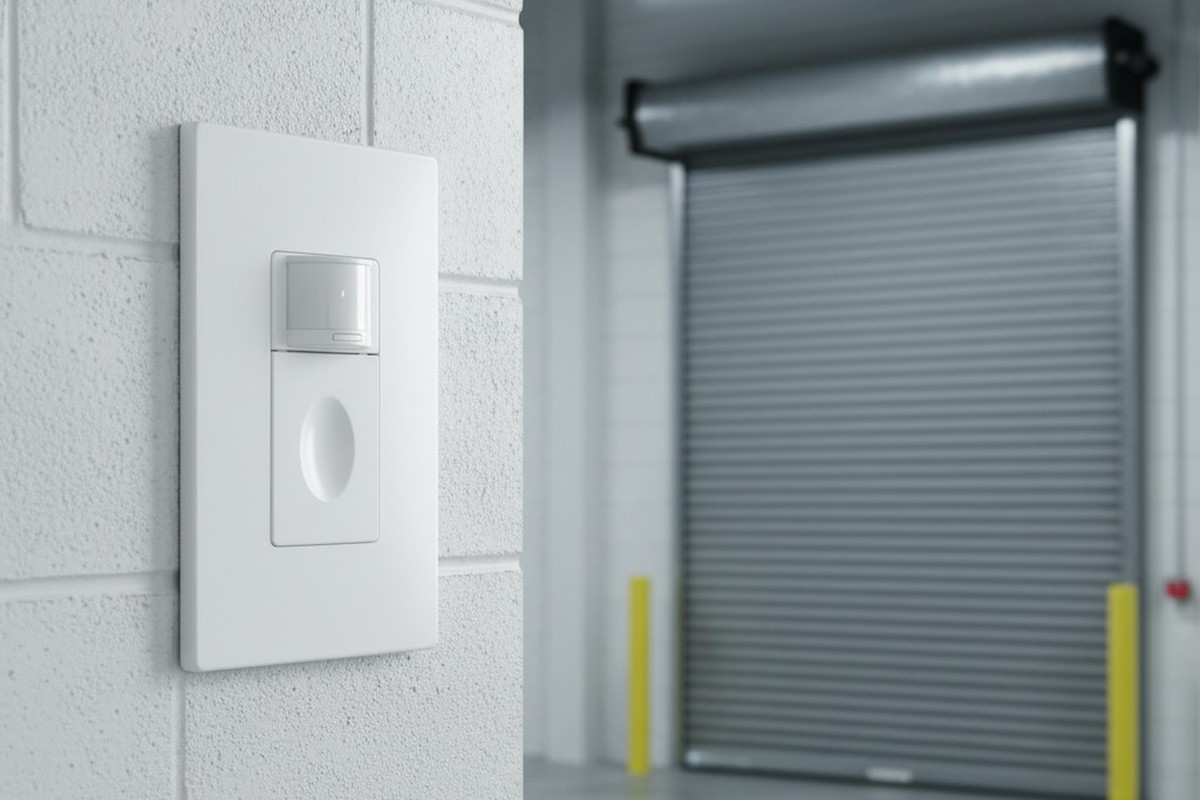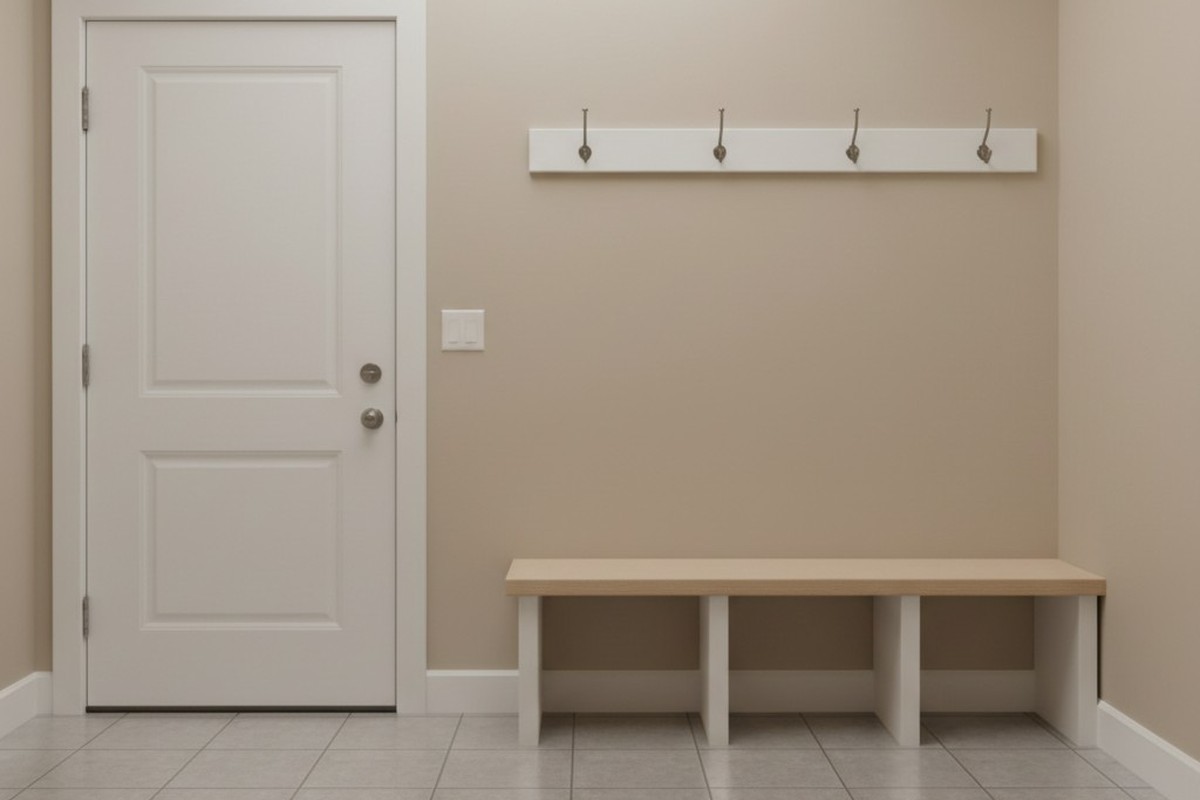Occupancy sensors play a crucial role in automating illumination, reducing electricity wastage, and improving our lighting-usage experience. There are two types of occupancy sensors: occupancy sensors are a type of auto-on and auto-off sensor, whereas vacancy sensors are a manual-on and auto-off sensor, sometimes called a manual-on occupancy sensor. When used in commercial applications, the occupancy sensors and vacancy sensors are commonly referred to as motion sensors, motion detectors, or light sensors for their ability to control the lights by detecting motion.
Contents
These sensors utilize either passive infrared(PIR), ultrasonic or dual-tech combined both PIR and ultrasonic strategies for sensing the occupancy or vacancy status of a room. Each technology has its advantages and disadvantages in the accuracy and efficiency of detecting a motion. With PIR technology being the most widely used motion detection strategy among all motion-activated products like occupancy sensors, motion sensor switches, outdoor security lights, dual-tech strategy is also used among some of the high-end occupancy sensors and wall switches.
Occupancy and vacancy sensors do have many forms. They can be a wall switch that fits into a regular wall box with a motion sensor built-in, or they can be a standalone motion detector mounted high on the wall or the ceiling and wired to an existing light. The installation and placement of occupancy sensor based lighting controls need to be carefully planned before installation for the best result. The layout, application, usage frequency of a room should all be taken into consideration.
With energy codes like IECC, ASHRAE, and Title 24 all requiring an occupancy-based lighting control strategy to be implemented in residential and commercial buildings, readers should carefully choose appropriate occupancy sensors and vacancy sensors to comply with these codes.
What Is Energy Code
Energy codes are a subset of a broader collection of building codes, which govern the design and construction of residential and commercial structures, with its goal to improve the energy efficiency to reduce the amount of energy required and effects of pollution.
A building code (also building control or building regulations) is a set of rules that specify the standards for constructed objects such as buildings and non-building structures. Buildings must conform to the code to obtain planning permission, usually from a local council.
Energy codes like IECC(The International Energy Conservation Code) and ASHRAE (The American Society of Heating, Refrigerating and Air-Conditioning Engineers) all have precise requirements of occupant sensor controls to be used in commercial and residential buildings.
In this article, we will mainly talk about the IECC code.
What is IECC
The International Energy Conservation Code (IECC) is a building code created by the International Code Council in 2000. It is a model code adopted by many states and municipal governments in the United States for the establishment of minimum design and construction requirements for energy efficiency.

The IECC is updated every three years, with the latest being the 2021 edition. The IECC references ASHRAE/IES 90.1 as an alternative standard so that building designers could have more choices in their design work.
IECC 2011 for Occupancy Sensors
On July 28, 2021, DOE(Department of Energy) issued a determination that the 2021 International Energy Conservation Code (IECC) will improve energy efficiency in residential buildings. In support of this determination, DOE conducted a technical analysis evaluating the impacts of the updated code (relative to the 2018 IECC edition). DOE estimates national savings of approximately:
- 9.38 percent site energy savings
- 8.79 percent source energy savings
- 8.66 percent energy cost savings
- 8.66 percent carbon emissions
Let’s take a look at what IECC 2011 requires for occupancy sensors.
Maybe You Are Interested In
The code concerning occupancy and vacancy sensors is located at C405.2.1 occupant sensor controls, as a subset of C405.2 Lighting controls, in section C405 for electrical power and lighting systems. It defines where the occupancy sensors are required and what pattern they should follow.
Where Are Occupancy Sensors Required
Occupant sensor controls shall be installed to control lights in the following space types:
- Classrooms/lecture/training rooms.
- Conference/meeting/multipurpose rooms.
- Copy/print rooms.
- Lounges/breakrooms.
- Enclosed offices.
- Open plan office areas.
- Restrooms.
- Storage rooms.
- Locker rooms.
- Corridors(added from 2018).
- Warehouse storage areas.
- Other spaces 300 square feet (28 m2) or less that are enclosed by floor-to-ceiling height partitions.
Exception: Luminaires that are required to have specific application controls in accordance with Section C405.2.5.
What We Learn
We can see that IECC 2021 has required the occupant sensor controls to be installed in nearly all places in a building, where most of them are very reasonable. These places are usually public spaces with many random people coming and going. With occupant sensor controls, especially the auto-on and auto-off occupancy sensors, people don’t and shouldn’t have to worry about turning on or leaving the light off.
For restrooms or locker rooms, occupancy sensors are no doubt the optimal option that the entirely automatic lighting controls give the best experience without users to worry a thing. For places like classrooms, meeting rooms, and enclosed offices, where it’s more private and more of an enclosed space, manual on vacancy sensors are normally used there to give users direct manual control, deciding whether to turn the light on or off according to their demand.
Occupant Sensor Control Function
Occupant sensor controls in warehouses shall comply with Section C40521.2. Occupant sensor controls in open plan office areas shall comply with Section C405.2.1.3. Occupant sensor controls in corridors shall comply with Section C405.2.1.4(added from 2018). Occupant sensor controls for all other spaces specified in Section C405.2.1 shall comply with the following:
- They shall automatically turn off lights within 20 minutes after all occupants have left the space.
- They shall be manual on or controlled to automatically turn on the lighting to not more than 50-percent power.
- They shall incorporate a manual control to allow occupants to turn off lights.
Exception: Full automatic-on controls with no manual control shall be permitted in condors, interior parking areas, stairways, restrooms, locker rooms, lobbies, library stacks and areas(updated from 2018) where manual operation would endanger occupant safety or security.
Get Inspired by Rayzeek Motion Sensor Portfolios.
Doesn't find what you want? Don't worry. There are always alternate ways to solve your problems. Maybe one of our portfolios can help.
What We Learn
From the IECC’s requirement for occupant sensor control function, we can undoubtedly come up with these conclusions:
- Time delay should be set to less than 20 minutes.
- Vacancy sensors are mostly required in commercial buildings because the code requires the occupant sensor controls to be manual on.
- If you want to use an auto-on occupancy sensor, you must use an occupancy sensor with a dimmer feature that is set to at least 50%, as the code requires the automatic turn-on of the light to be using less than 50% power.
- Whether you use a vacancy sensor or occupancy dimmer sensor, the sensor should include a manual control, usually a switch, to turn off the light instantly, which is not affecting vacancy sensors because nearly all vacancy sensors allow users to manually turn off the light.
- If you want to use an occupancy dimmer sensor, you should consider an occupancy+dimmer wall switch because it already includes a switch, and it is easy to program the dimming value on the wall swtich. If you want to use a ceiling occupancy sensor in conjunction with a light dimmer, the setting could be difficult.
C405.2.1.2 Occupant Sensor Control Function in Warehouse Storage Areas
Lighting in warehouse storage areas shall be controlled as follows:
- Lighting in each aisleway shall be controlled independently of lighting in all other aisleways and open areas.
- Occupant sensors shall automatically reduce lighting power within each controlled area to an unoccupied setpoint of not more than 50 percent of full power within 20 minutes after all occupants have left the controlled area.
- Lights that are not turned off by occupant sensors shall be turned off by time-switch control complying with Section C405.2.2.1(updated from 2018).
- A manual control shall be provided to allow occupants to turn off lights in the space(updated from 2018).
C405.2.1.3 Occupant Sensor Control Function in Open Plan Office Areas
Occupant sensor controls in open plan office spaces less than 300 square feet (28 m2) in area shall comply with Section C405.2.1.1. Occupant sensor controls in all other open plan office spaces shall comply with all of the following:
- The controls shall be configured so that general lighting can be controlled separately in control zones with floor areas not greater than 600 square feet (55 m2) within the open plan office space.
- General lighting in each control zone shall be permitted to automatically turn on upon occupancy within the control zone. General lighting in other unoccupied zones within the open plan office space shall be permitted to turn on to not more than 20 percent of full power or remain unaffected(updated from 2018).
- The controls shall automatically turn off general lighting in all control zones within 20 minutes after all occupants have left the open plan office space. Exception: Where general lighting is turned off by time-switch control complying with Section C40522.1.
- General lighting in each control zone shall turn off or uniformly reduce lighting power to an unoccupied setpoint of not more than 20 percent of full power within 20 minutes after all occupants have left the control zone.
C405.2.1.4 Occupant Sensor Control Function in Corridors.(Added From 2018)
Occupant sensor controls in corridors shall uniformly reduce lighting power to an occupied setpoint not more than 50 percent of full power within 20 minutes after all occupants have left the space.
Exception: Corridors provided with less than two footcandles of illumination on the floor at the darkest point with all lights on.
What We Learn
It’s clear that IECC is striving to push and increase energy efficiency one step further. From the updated and added contents in the requirement for warehouse, open offices and the newly added section for corridors in the 2021 version, we can see that the dimming feature is vital in helping reduce energy waste. Occupancy sensors with dimming features are going to be more and more popular as the code is steadily taking effect.
Looking For Motion-Activated Energy-Saving Solutions?
Contact us for complete PIR motion sensors, motion-activated energy-saving products, motion sensor switches, and Occupancy/Vacancy commercial solutions.
Conclusion
Having a better understanding of the energy code can help designers and builders to design their buildings in a more efficient way. With the energy codes being updated every three years, occupancy sensor manufacturers can obtain a clear vision of how they can improve their products to be more energy-efficient and prepare for future updates of these energy codes.


